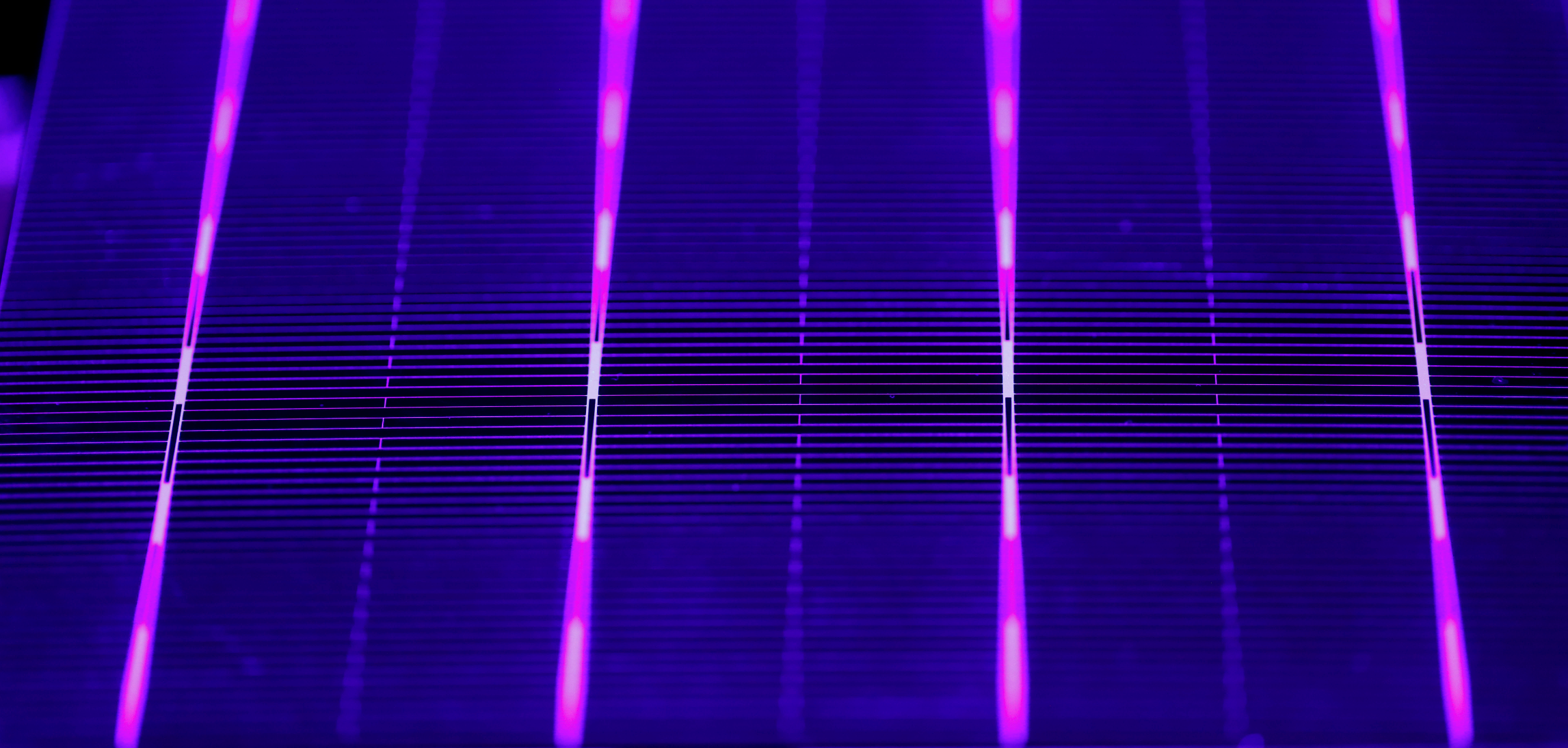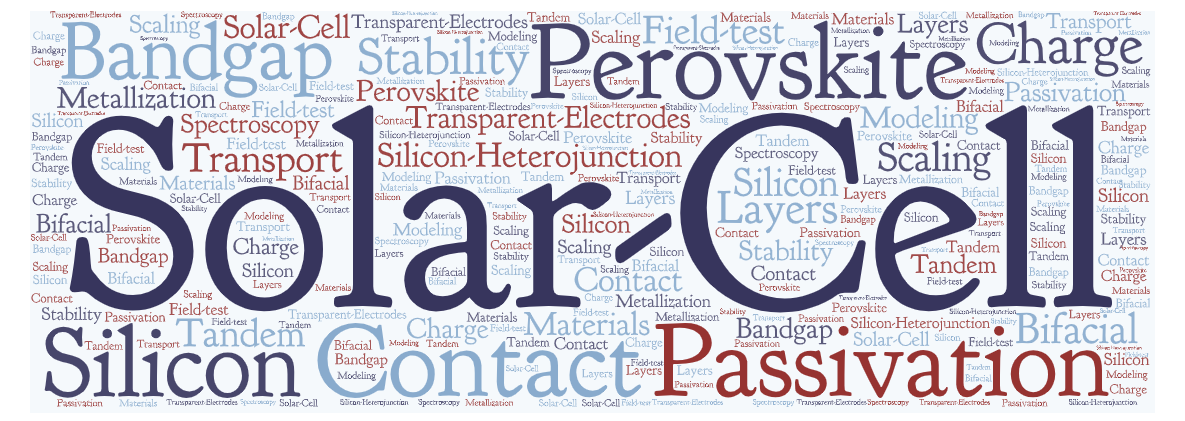

"The long-term research goal of the KPV-LAB is to develop a realistic high-efficiency photovoltaic solution for sunny and hot climates"

Current Research
Narrow-bandgap (~1.20 eV) Sn-based perovskites can be integrated with wide-bandgap (~1.80 eV) perovskites for fabrication of all perovskite tandems. In such a configuration, the wide-bandgap perovskite sub-cell harvests the blue part of the solar spectrum while letting red and near-infrared light passes through to be absorbed in the narrow bandgap bottom cell. Such a combination is expected to overcome the single-junction power conversion efficiencies limit of silicon solar cells (29.4%).
In the KPV-LAB, we develop perovskite-silicon tandem solar cells targeting efficiency beyond the single-junction limits of silicon solar cells. We are developing optimal bandgap perovskite absorbers as well as minimizing the parasitic absorption losses originating from carrier selective contacts and transparent electrodes. We are exploring thermal evaporation techniques and hybrid techniques to fabricate perovskite solar cells on textured silicon solar cells and scaling up.
The KPV-LAB aims to develop large-area compatible fabrication methods for high-performance solar cells using emerging hybrid perovskite material systems which include mixed cations and mixed halides. We work on precursor-process-structure-property-performance relationship for hybrid lead halide perovskites, then translate these lessons into scalable processes, such as vacuum evaporation, with the aim of achieving PCE > 25%.
One of the main research activities of the KPV-LAB is focused on the development of high-efficiency solar cells, based on silicon wafers. Currently, crystalline silicon is the most important photovoltaic technology today with a global market share of about 90%. We focus on novel carrier-selective passivating contact schemes, dopant-free electron and hole contacts.